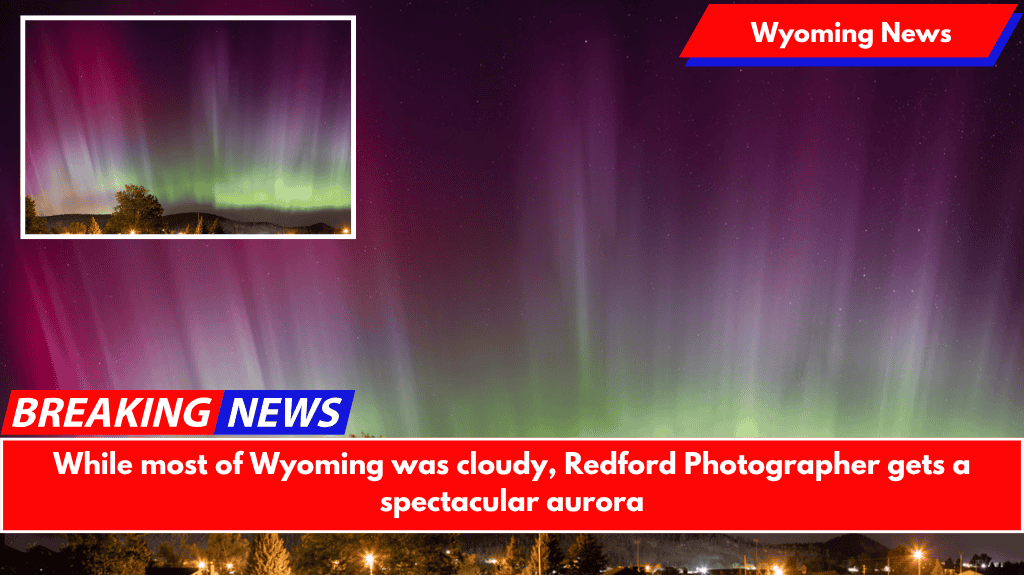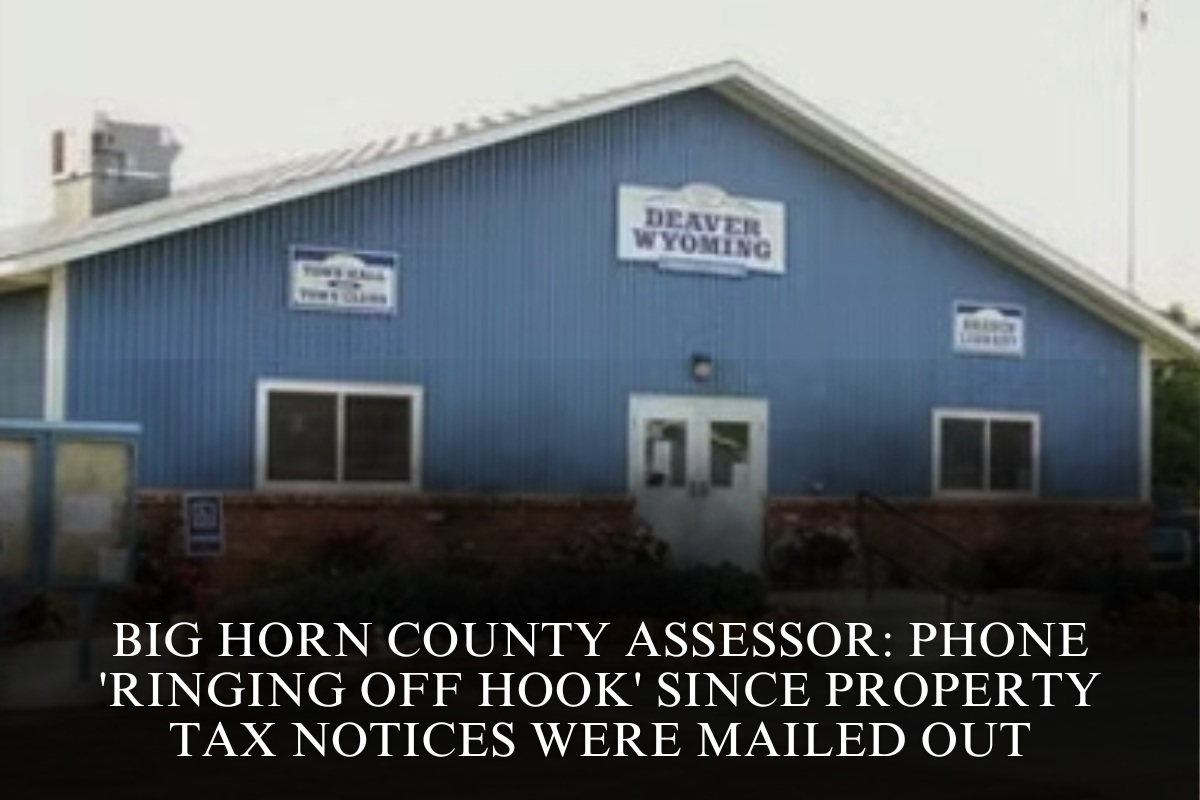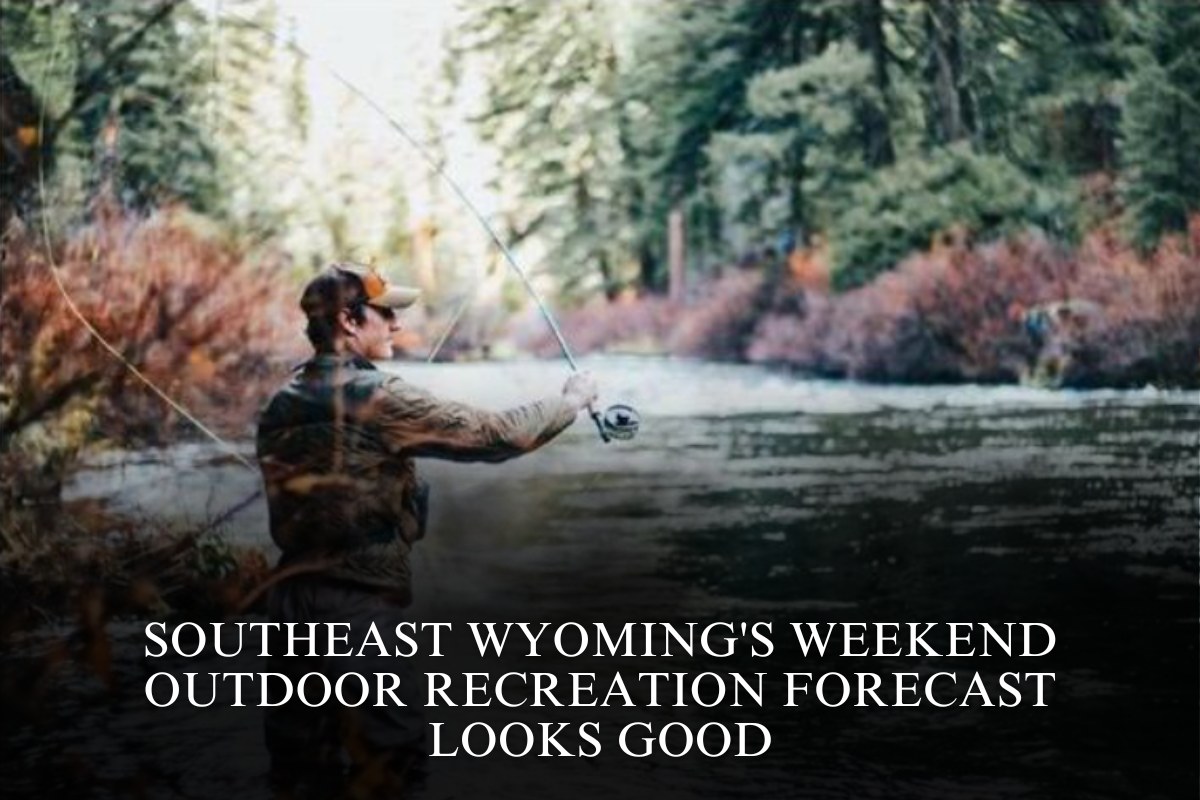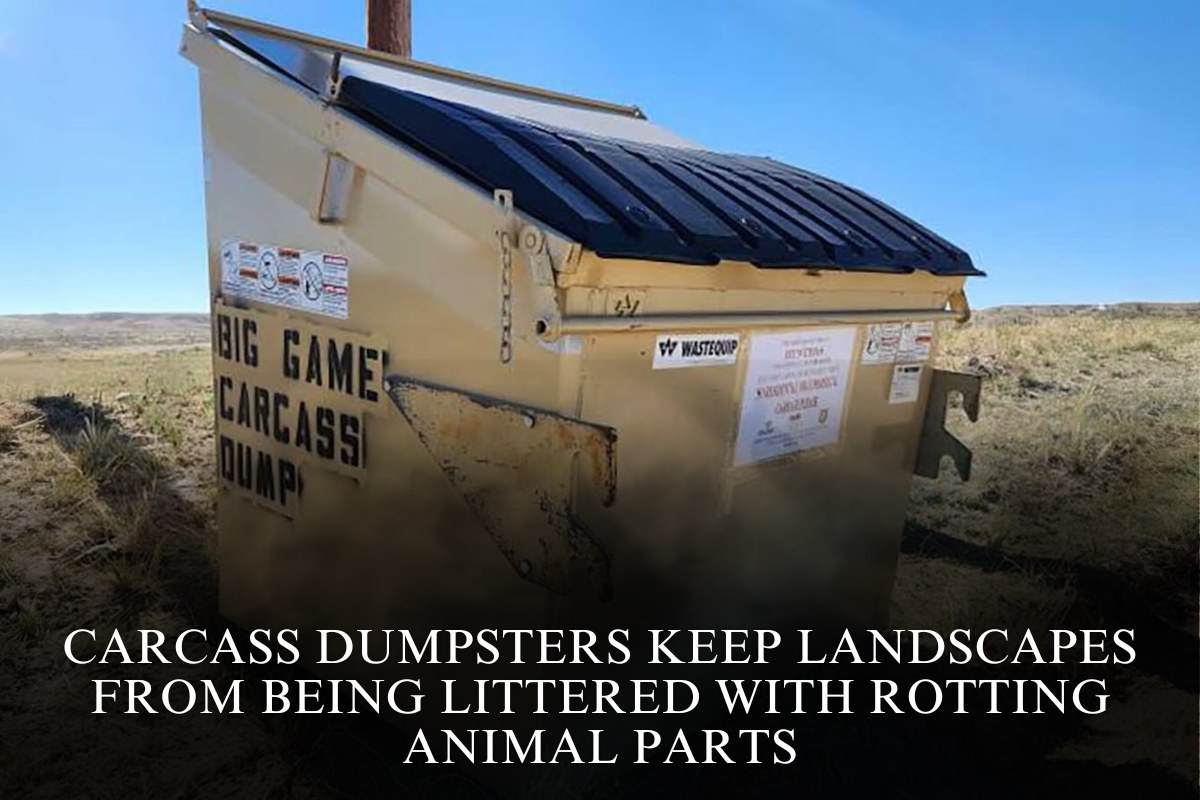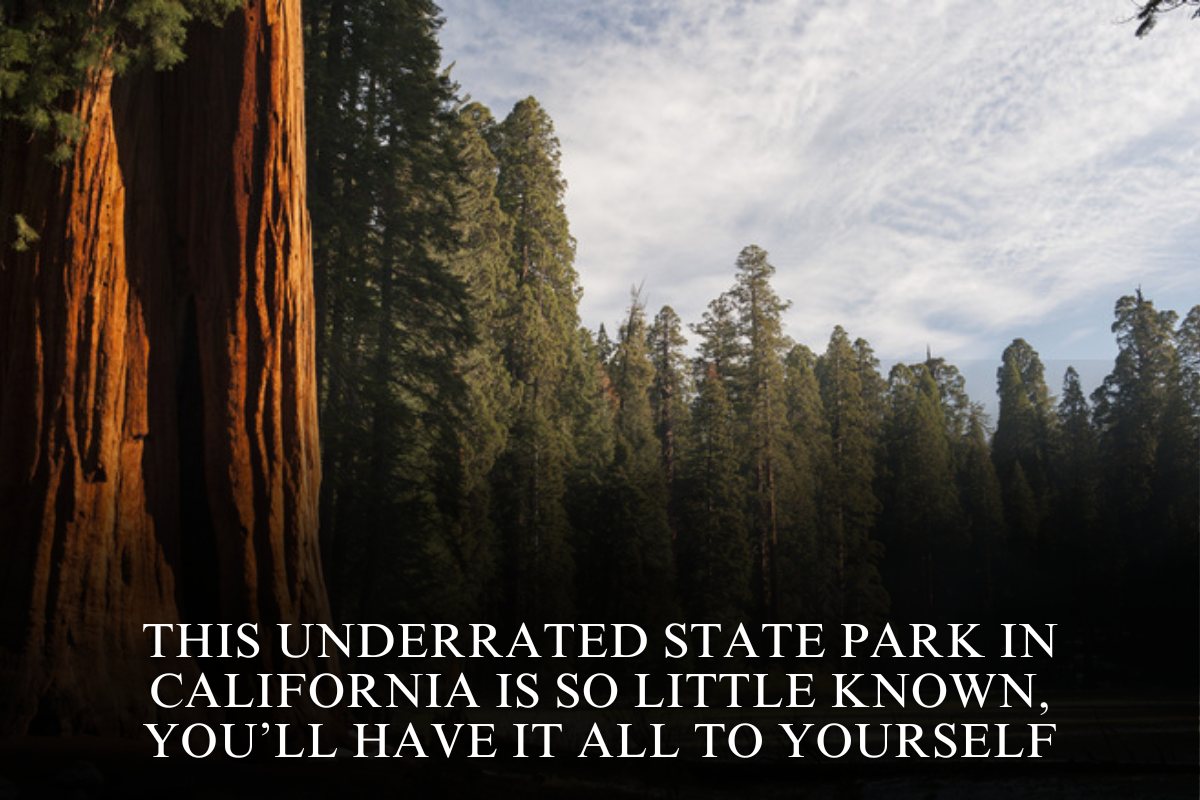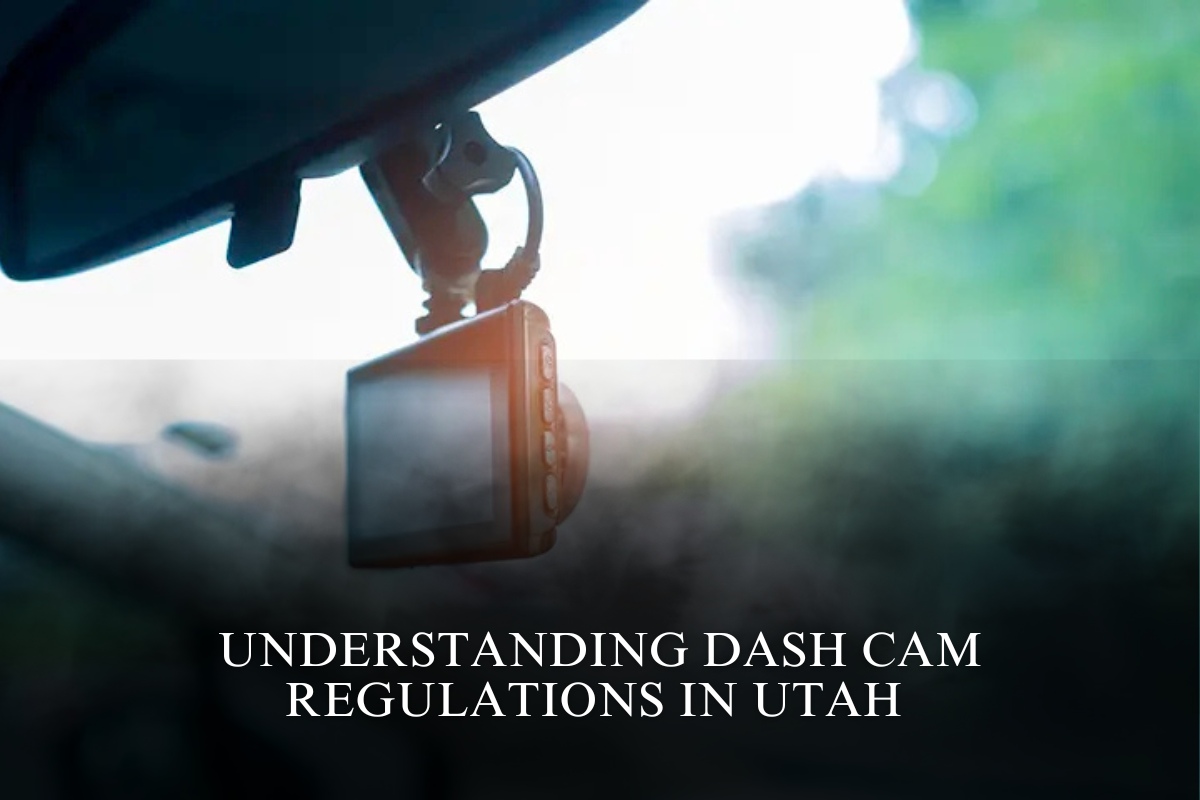When a G4 Severe geomagnetic storm hit Earth’s atmosphere on Sunday, the majority of Wyoming was cloudy. David Porter of Sundance was among the few who had an unobstructed view of the Northern Lights.
“My dog woke me up at 1:30 a.m. to go pee,” he told the Cowboy State Daily. “I just happened to turn around, look to the north, and saw these big white and red streaks, plainly visible to the naked eye.”
Porter dashed inside to retrieve his mirrorless camera and pointed it at the northern sky. After stitching his photos together, he created an incredible panorama of a multicolored aurora streaking across Sundance.
“Thank goodness the dog had to pee,” he told me.
Aurora Quirks
The last time Wyoming saw an aurora this strong was in May 2024. However, astronomers anticipated that this weekend’s aurora would be less spectacular than that one.
On May 30, the Space Weather Prediction Center detected a large coronal mass ejection (CME). It accelerated from a G3 to a G4 on its way to Earth, but it already showed signs of not being as amazing as its 2024 predecessor.
“Auroras are a touchy, sensitive thing for us to get right,” explained Max Gilbraith, planetarium coordinator at the University of Wyoming. “How the aurora manifests is determined by several factors, including the density, intensity, and variability of the solar wind. We could get a powerful CME, but it doesn’t always manifest perfectly when it hits Earth.”
Gilbraith described CMEs as “their own beast” that evolves and changes as they travel through space. They can change their trajectory in mid-flight, altering the viewing experience before reaching Earth’s atmosphere and manifesting as an aurora.
“It’s not like a bowling ball going down the lane,” he told me. “A CME has its own energy, electrical, and magnetic fields inside it so that it can change itself.”
Porter slept in on Sunday morning because he had been following forecasts from the Space Weather Prediction Center, among other apps and agencies. The chances of seeing an amazing aurora were good, but not great.
“I knew there was a possibility, and the forecast was pretty high that night,” he stated. “People get all excited and drive hundreds of miles to see a potentially large aurora, but they’re extremely unpredictable. “It’s never guaranteed.”
Plus, Wyoming was shrouded in storm clouds that night. This made prospects in the Cowboy State less optimistic.
When In Rome (Or Crook County)
As soon as Porter saw the aurora, he set up his camera for his Sundance shot. That’s always a good indication that there’s something worth photographing.
“Usually, you have to get your eyes dark adjusted,” according to him. “Stand outside for a while and then look for a green glow on the horizon. A camera definitely helps bring it out because it allows for longer exposures. But this one was clearly visible with the naked eye.”
Porter used a fast, wide-angle lens with four-second exposures to capture his Sundance shot. He stitched seven shots together to create his panorama.
That was nothing compared to the aurora of May 10-11, 2024. Porter was fully prepared that night, capturing some of his best aurora photos with Devils Tower in the foreground.
“That one was a lot more powerful,” he told me. “Normally, the aurora can only be seen on the northern horizon. This one was overhead and extending southward. These vertices could be seen overhead, spinning and pulsating like rings of light. “It was crazy.”
Porter reported that the aurora was so intense that it felt more like twilight than midnight. He captured “incredibly epic photos that night.”
The aurora on June 1 was less spectacular, but Porter was grateful for the opportunity to see it. Meghan, his wife, joined him outside to take it all in.
“My wife came outside and immediately said, ‘Holy cow, I can see it right now,'” he told me. “Normally, the aurora is just a glow on the horizon, but this one was clearly visible. It was one of the most powerful auroras we’ve seen since last May.
Good Times Ahead
In October 2024, the sun reached its solar maximum. It is the point in the 11-year solar cycle when there are more sunspots on the sun’s surface, which increases the likelihood of CMEs forming.
The four years surrounding the solar maximum are typically the best times to see auroras across the Northern Hemisphere. Wyoming is still experiencing the best window of opportunity for spectacular auroras.
“We could be out of a solar maximum and still get auroral storms,” according to Gilbraith. It’s just that the chances increase and decrease with time. We just need to keep an eye on it.”
The Space Weather Prediction Center detected the CME two days before it entered Earth’s atmosphere. According to Gilbraith, that is the most advanced notice Wyomingites can expect.
“One of the tricky things about the solar wind is we would prefer to have a side-angle view of it as it’s coming towards the Earth,” Gilbraith pointed out. “Perhaps we’ll get a new satellite that provides a permanent side view of the solar wind, allowing us to make even better forecasts. Otherwise, it’s like trying to photograph a laser pointer pointed directly at the camera.”
Auroras have become more accessible than ever thanks to technological advancements. Porter may have all of the equipment of a professional photographer, but that doesn’t mean the average Wyomingite can’t capture a stunning photo of the Northern Lights.
“Anybody with a relatively modern smartphone with a night mode can capture amazing photos of the aurora,” he told me. “You don’t need to have a fancy camera, a fast lens, or a tripod. You already have everything you need in your hands.”
